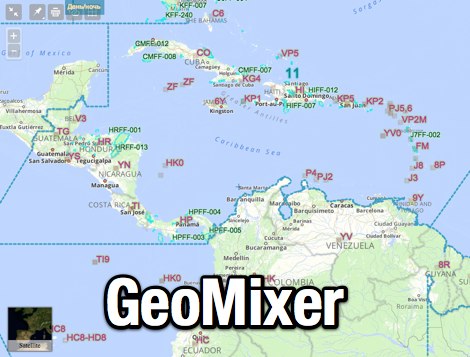


Many amateurs begin with a fascination with radio communication and then combine other personal interests to make pursuit of the hobby rewarding. The many facets of amateur radio attract practitioners with a wide range of interests. Ham radio Ī young Polish woman with radio antennas in Åland Ham radio can also be used in the classroom to teach English, map skills, geography, math, science, and computer skills. Research by amateur operators has founded new industries, built economies, empowered nations, and saved lives in times of emergency. Amateur radio enthusiasts have significantly contributed to science, engineering, industry, and social services. As with radio in general, amateur radio was associated with various amateur experimenters and hobbyists. This radio callbook lists wireless telegraph stations in Canada and the United States, including 89 amateur radio stations. The First Annual Official Wireless Blue Book of the Wireless Association of America, produced in 1909, contains a list of amateur radio stations. The origins of amateur radio can be traced to the late 19th century, but amateur radio as practiced today began in the early 20th century. Computers are used for control, data modes, SDR, RTTY and logging. Multiple transceivers are employed for different bands and modes. A significantly smaller number, about 400,000, are located in IARU Region 1 (Europe, Middle East, CIS, Africa).Īn amateur radio station in Wales. About 830,000 amateur radio stations are located in IARU Region 2 (the Americas) followed by IARU Region 3 (South and East Asia and the Pacific Ocean) with about 750,000 stations. According to an estimate made in 2011 by the American Radio Relay League, two million people throughout the world are regularly involved with amateur radio. In many countries, amateur radio operators may also send, receive, or relay radio communications between computers or transceivers connected to secure virtual private networks on the Internet.Īmateur radio is officially represented and coordinated by the International Amateur Radio Union (IARU), which is organized in three regions and has as its members the national amateur radio societies which exist in most countries. This enables communication across a city, region, country, continent, the world, or even into space. Radio amateurs are limited to a small set of frequency bands, the amateur radio bands, allocated throughout the radio spectrum, but within these bands are allowed to transmit on any frequency using a variety of voice, text, image, and data communications modes.
#Amateur radio international zone map license#
Amateur operators must hold an amateur radio license which is obtained by passing a government test demonstrating adequate technical radio knowledge and legal knowledge of the host government's radio regulations.

National governments regulate technical and operational characteristics of transmissions and issue individual station licenses with a unique identifying call sign, which must be used in all transmissions. The amateur radio service ( amateur service and amateur-satellite service) is established by the International Telecommunication Union (ITU) through the Radio Regulations. Polish ham call sign SP1OE, Vacuum tube devices, transmitter and AR-88 receiver (1950)


 0 kommentar(er)
0 kommentar(er)
